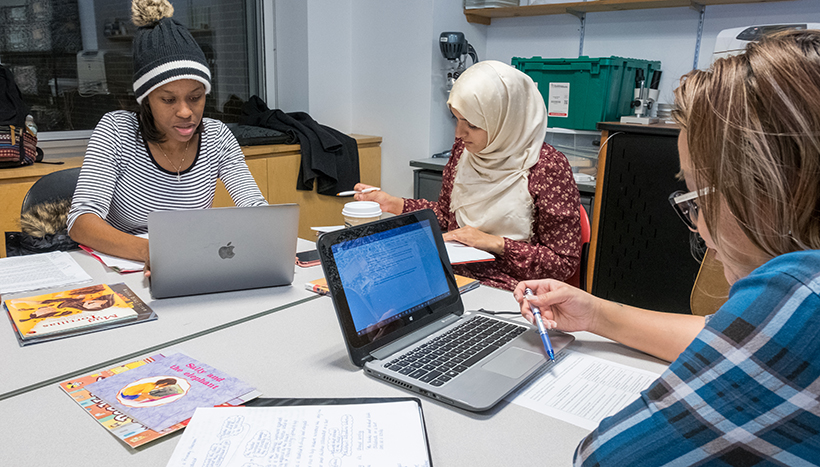This post first appeared 8/15/18.
Celia Genishi and Anne Dyson astutely noted in their book Children, Language, and Literacy: Diverse Learners in Diverse Times:
In the early 21st century we seem to be stuck in a time warp in which children who embody certain kinds of diversity have become the problem, and standardization has become the “fix” (p. 10).
This situation has not much improved.
When I was teaching freshman composition at the community college, I spent a healthy portion of each semester weaning my students off the three- and five-paragraph theme. I realized that it wasn’t their fault for producing that sort of writing—they’d been instructed to produce writing that had been whittled down to a formula in order to match the requirements of the standardized test they were required to take each year.
I found the formula essay an annoying problem, one that in most cases I could work with students to solve. I harped on how they needed to bring their voices into their writing, but I confess that I rarely approached the problem overtly understanding that,
Censorship of writing not only stifles student voices but denies students important opportunities to grow as both writers and thinkers. (NCTE Beliefs about the Students’ Right to Write)
Now, of course, I know better, and I know something else as well. I know that while the formulas took away the students’ voices, they also erased their own diversities and the knowledge, values, and experiences they brought with them to school. I know that the intersection of NCTE policies on intellectual freedom, writing, and diversity form the backbone of how we should teach writing.
Of course, in addition to having our students write—lots—and not feeling obligated to grade it all, we need to give our students opportunities to do all sorts of writing, benefit from good models, have choice in what they write, understand that writing is a process, use their own voices, and develop habits of mind about writing. In addition, our students need windows, mirrors, and sliding doors in their writing practice just as they need them in their reading.
As you think of all your students and their writing, I suggest you keep in mind these five of the “Eight Beliefs for Supporting Linguistically and Culturally Diverse Learners in English Education”:
- Teachers and teacher educators must respect all learners and themselves as individuals with culturally defined identities.
- Students bring funds of knowledge to their learning communities, and, recognizing this, teachers and teacher educators must incorporate this knowledge and experience into classroom practice.
- Socially responsive and responsible teaching and learning requires an anthropologically and ethnographically informed teaching stance; teachers and teacher educators must be introduced to and routinely use the tools of practitioner/teacher research in order to ask difficult questions about their practice.
- Students have a right to a variety of educational experiences that help them make informed decisions about their role and participation in language, literacy, and life.
- All students need to be taught mainstream power codes/discourses and become critical users of language while also having their home and street codes honored.


